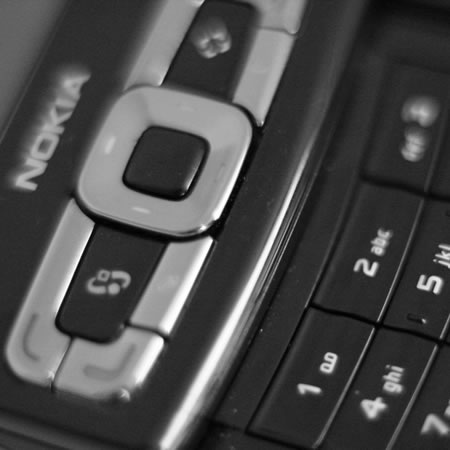I was recently asked why I carry so many mobile devices, usually I am carrying a phone (or two), a couple of iPods, a PDA (with Sat Nav) and almost always have a laptop or UMPC with me too.
Why you may ask?
Why indeed, especially as my usual phone, the Nokia N95, is a phone, does SMS, can play music, play video, has GPS and can access the web over 3G or wifi.
The reason is battery life.

If I use my Nokia N95 like that the battery will only last about three hours!
One of the banes of my life is battery life, especially of mobile devices.
If I use my Nokia N95 for anything more than just showing people, it kills the battery. Use the web, it kills the battery. Take images and upload them via Shozu, it kills the battery. Broadcast live video using Qik, it kills the battery. Use JoikuSpot so that I can access the internet from my MacBook Pro and iPod touch, it kills the battery.
The same can be said for other devices I carry, but if I spread the load then I can get through the day without worrying about something running out of charge or not been able to communicate or get information.
Even though battery technology has improved over the years, part of the problem is that the way in which we use technologies has changed as well. Ten years ago my phone was a phone and that was all that it did. Now my phone is much more and can do a lot more, as a result the demand on the battery is much higher than it was back then.
Some people will wallow in nostalgia about their Psion or Palm device which used AA batteries and would last a month. Well that is all very well, but most of those devices had black and white screens, did not do web or e-mail (let alone IM or Twitter), nor did they do audio or video.
So what do I do then?
Well with my laptop I carry a spare battery (this is the reason why I don’t have a MacBook Air (as well as the price)); with my UMPC, the Samsung Q1 I have a powerpack which gives me another nine hours of battery life; I have car chargers in the car for multiple devices and I almost always carry a six way gang to conferences and events!
I was also interested to read this article on MacWorld about a new technology which means I would only need to charge my device once a month!
Mobile computing devices that need charging once a day would need it just once a month, with a new type of chip that uses a thirtieth of the power of conventional chips and is seven times faster by virtue of underlying logic that embraces error in its calculations.
Only issue is that it may take four years to come to market…
So I will need to continue to carry chargers (why do that all have to be different), carry spare batteries and my trusty six way gang.




